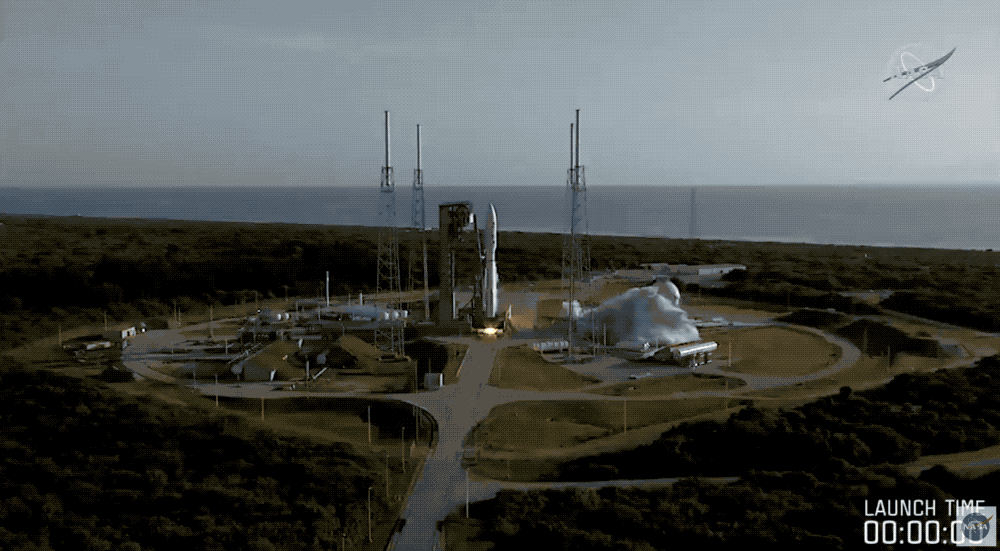- 0 replies
- 1,843 views
- Add Reply
- 0 replies
- 3,012 views
- Add Reply
- 1 reply
- 1,169 views
- Add Reply
- 1 reply
- 1,007 views
- Add Reply
- 0 replies
- 1,106 views
- Add Reply
Latest satellite images show situation far from normal at Ladakh's Pangong Tso

By Lurker,


Despite the controversy related to China-India border, this articles show us the importance of Remote Sensing as a strategic tools on Politic and Military
The recent deaths of at least 20 soldiers along the contested border at Ladakh between India and China represents the largest loss of life from a skirmish between the two countries since the clashes in 1967 that left hundreds dead. It also highlights the tensions that have been building along the Line of Actual
Google Releases Google Maps CarPlay Feature for Testers

By Lurker,


This is without a doubt the most anticipated feature of the year for CarPlay users, as Google Maps can now replace Apple Maps on the multi-view screen.
Apple originally locked the maps card on the CarPlay dashboard to Apple Maps, which means that users weren’t allowed to configure any other application to display real-time information in this panel.
It goes without saying this was quite an issue for many users, especially as Google Maps and the Google-owned Waze are extremely popular c
GPS reveals volcanic activity under Europe

By Lurker,


Scientists have discovered new evidence for active volcanism next door to some of the most densely populated areas of Europe. The study crowdsourced GPS monitoring data from antennae across western Europe to track subtle movements in the Earth’s surface, thought to be caused by a rising subsurface mantle plume.
The Eifel region lies roughly between the cities of Aachen, Trier and Koblenz, in west-central Germany. It is home to many ancient volcanic features, including the circular lakes kno
NASA launched 'Perseverance' to seek ancient life on Mars

By rahmansunbeam,


NASA has launched one of its most crucial science missions to date, the Mars 2020 mission that carries its Perseverance robotic rover. This rover, a successor to the Curiosity robotic explorer, is equipped with sensors specifically designed to help it hopefully fund evidence of ancient, microbiotic life on Mars.
Mars 2020 departed from Cape Canaveral in Florida at 7:50 AM EDT (4:50 PM PDT). Perseverance was loaded atop a United Launch Alliance (ULA) Atlas V rocket, which had a good liftoff
Historic carbon dioxide decline could hold clues for future climate

By Lurker,


A new study led by researchers at The Australian National University (ANU) provides a clearer snapshot of conditions during the last ice age—when global ice sheets were at their peak—and could even lead to better models for future climate projections.
The study demonstrates a new way of recreating ocean conditions in the Atlantic during the Last Glacial Maximum (LGM)—around 20,000 years ago.
Lead author Dr. Jimin Yu says scientists have been trying to reconstruct ocean ci
-
Forum Statistics
8.8k
Total Topics43.5k
Total Posts



